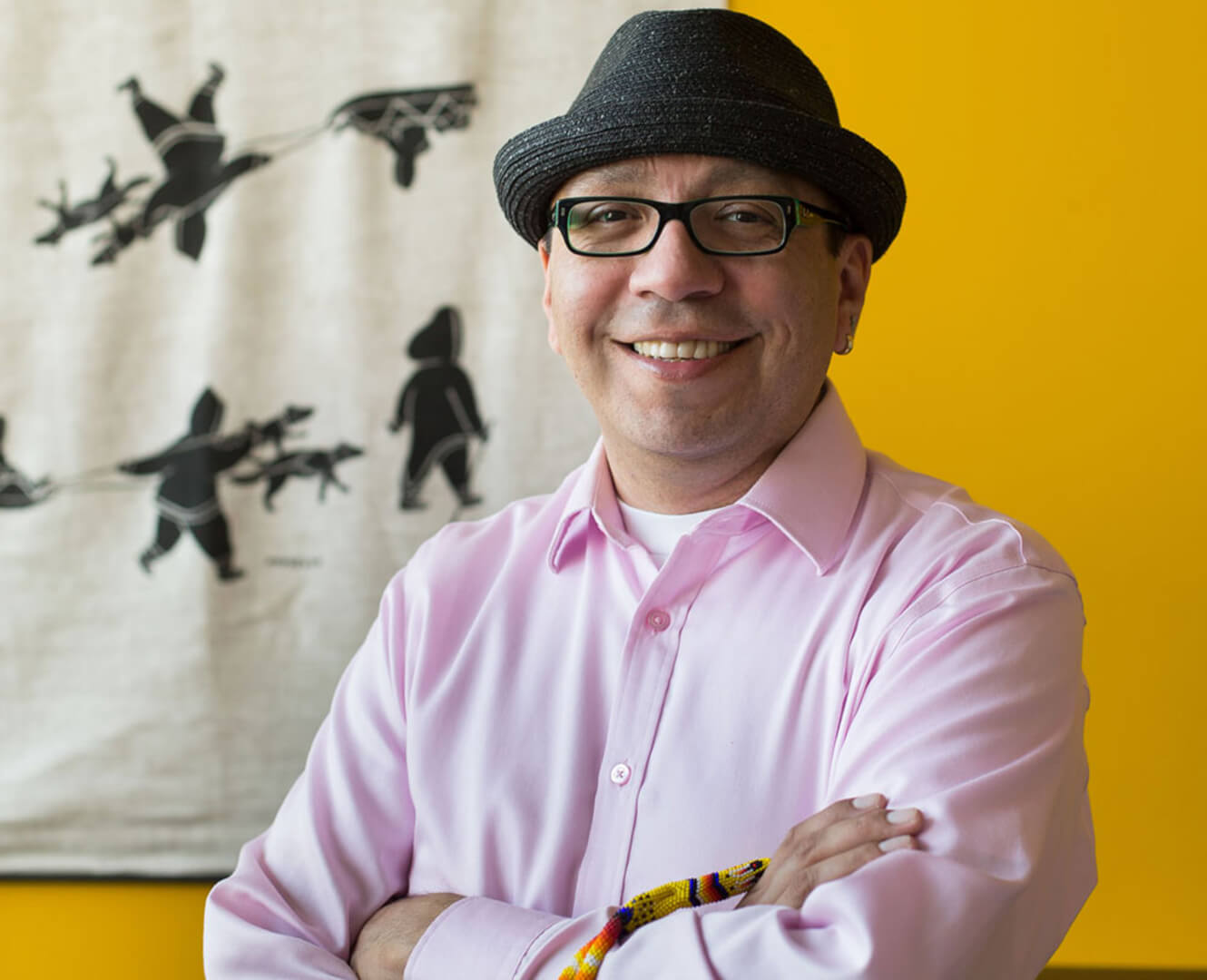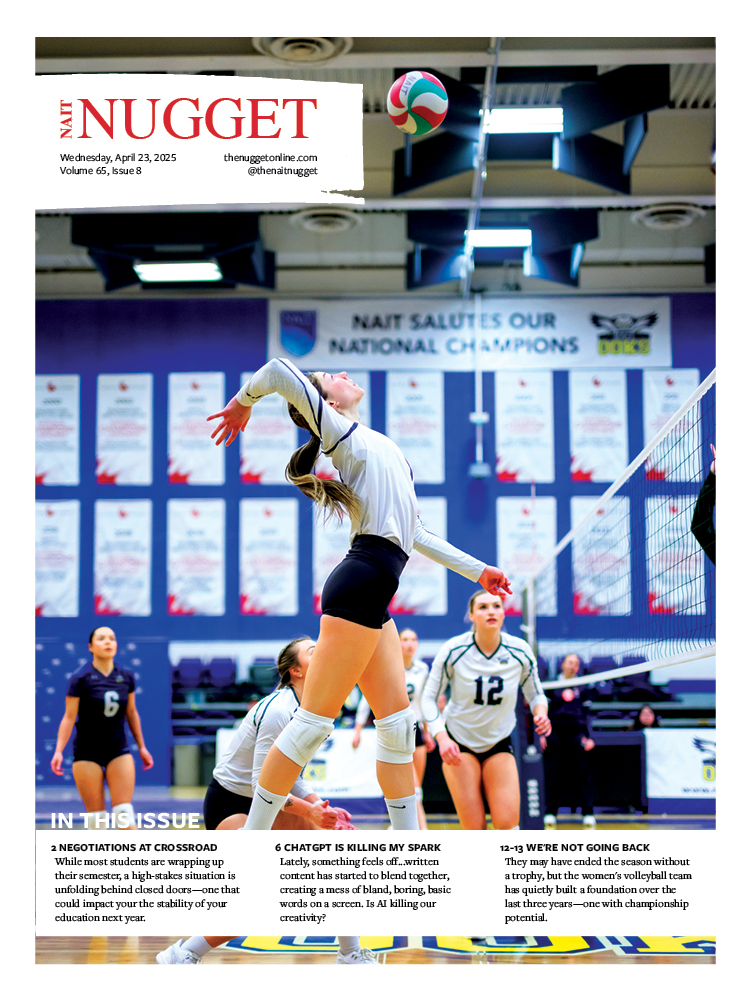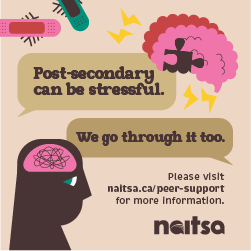By Eli O’Donnell
“When I think of Two Spirits, it’s just my identity and who I am,” said Derek Thunder, Manager of Aboriginal Services at NAIT’s Nîsôhkamâtotân Centre.
In past years, the term “Two Spirit” has become more commonly used in discussions on gender and sexuality. It is often used to describe Indigenous people who are non-binary or LGBTQ+, although that isn’t entirely accurate. Two Spirit people are Indigenous people who have equal parts male and female spirits, personalities or traits.
“I actually didn’t know what the term meant until I met some people in a Two Spirit group here in Edmonton,” Thunder said.
The term Two Spirit was coined in 1990 at a Winnipeg conference of Two Spirit people.
“They came to coin that term for themselves as something that was more positive, and reclaim our role in Indigenous society,” said Thunder. Although only officially titled Two Spirit since 1990, the concept of people who don’t necessarily exist on the gender binary has existed for hundreds of years.
“They did all the things that both men and women did. Some men who are Two Spirit actually played a woman’s role and vice-versa. They were also healers and teachers, and people would gravitate towards them for that kind of support,” said Thunder.
When asked about healing or teaching roles he takes on, both at NAIT’s Nîsôhkamâtotân Centre and in life, Thunder asked his husband Richard Thunder to answer for him.
“I see him as the centre of his family. I see him as the centre of his community. I see the benefit that he draws from when working with students at NAIT. You need the centre role because otherwise you’re missing a piece,” said Richard Thunder.
There is no universal definition of Two Spirit. Often it is a personal definition that directly relates to how a Two Spirit person sees themselves in their relationships or communities.
“When we were growing up, I wasn’t very close to my family. Not necessarily due to the Two Spirit part, but in regards to trauma within families. And when I got older they started appreciating what I offered within the family dynamics,” said Thunder.
“My siblings and my parents are learning how to talk and learning how to say I love you to each other. A lot of the other things we didn’t say to each other because of the historical traumas like residential schools.”
Now Thunder uses his lived experiences to enrich the lives of Aboriginal students at NAIT through the Nîsôhkamâtotân Centre.
Thunder works with Verna Orr, an Elder at the Nîsôhkamâtotân Centre.
“[Verna] once told me that Two Spirit people change a great many things. It’s not just about people, it’s about everything you do,” said Thunder.
“She said, ‘it took a Two Spirit person to change a centre to become a vibrant community.’”






